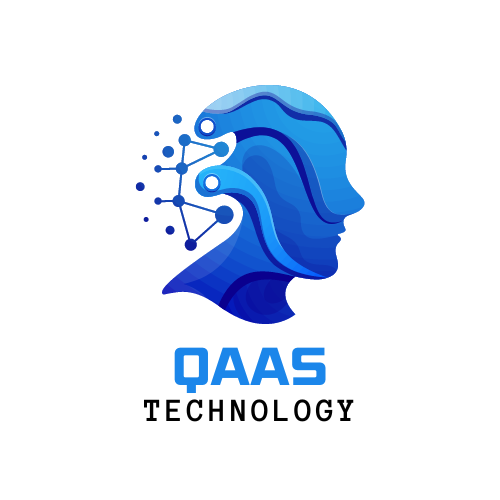Introduction
Acute Kidney Injury (AKI) is an unexpected and fast decline in kidney function, acute kidney injury between 1 and 2 stage michael conswella characterized by using a boom in serum creatinine tiers or a decrease in urine output. It is a critical circumstance that requires timely diagnosis and intervention. Among the numerous staging systems used to categorize the severity of AKI, the KDIGO (Kidney Disease: Improving Global Outcomes) recommendations are broadly adopted. These recommendations classify AKI into three levels, with ranges 1 and a couple representing early and moderate severity.
Stage 1 AKI
Stage 1 AKI is described through a modest boom in serum creatinine of one.Five to at least one.9 times the baseline or an absolute growth of 0.Three mg/dL (26.Five µmol/L) within 48 hours. Alternatively, urine output can be much less than 0.5 mL/kg/hour for 6 to twelve hours. At this degree, the damage to the kidneys is regularly reversible, however it nevertheless necessitates near tracking and intervention.
Patients at this stage may additionally show off subtle signs and symptoms or stay asymptomatic. However, early reputation is essential. The underlying causes can range from dehydration, nephrotoxic medicinal drugs, or urinary obstruction. It is critical to become aware of and cope with those reasons directly to prevent development to extra extreme levels.
Stage 2 AKI
Stage 2 AKI is characterized via a further decline in kidney feature, with serum creatinine levels rising to two.0 to two.Nine instances the baseline. In this degree, the risk of complications will increase significantly. The urine output standards tighten, requiring much less than zero.5 mL/kg/hour for more than twelve hours. Patients regularly begin to show off extra suggested signs, which includes fatigue, swelling, and altered mental popularity.
At this degree,
the kidneys may additionally conflict to maintain homeostasis, mainly to imbalances in electrolytes, acidosis, or fluid overload. The need for interventions, including fluid management or renal substitute therapy, becomes extra urgent. Identifying the cause of AKI remains a concern, as it frequently dictates remedy strategies.
Pathophysiology and Causes
The pathophysiology of AKI entails complicated interactions between different factors. Ischemia, nephrotoxicity, and inflammatory responses play tremendous roles in kidney damage. Common causes include:
Prerenal Factors:
Decreased blood waft to the kidneys due to dehydration, heart failure, or sepsis.
Intrinsic Renal Factors:
Direct harm to kidney tissue from situations like acute tubular necrosis (ATN) or glomerulonephritis.
Postrenal Factors:
Obstruction of urine drift from conditions consisting of kidney stones or tumors.
Diagnosis and Monitoring
Diagnosing AKI generally entails measuring serum creatinine tiers and tracking urine output. Other tests, such as electrolytes, blood urea nitrogen (BUN), and imaging studies, can provide additional records regarding kidney features and underlying reasons.
In medical practice,
In particular for patients like Michael Conswella, who may additionally present with vague signs or present comorbidities, a high index of suspicion is critical. Frequent monitoring of kidney features and adjusting remedies as wanted can assist prevent development to intense AKI or chronic kidney sickness.
Treatment Strategies
Management of AKI at stages 1 and a couple of focuses on addressing the underlying causes and helping kidney characteristics. Key strategies include:
Fluid Management:
Ensuring adequate hydration even as keeping off fluid overload.
Medication Review:
Identifying and discontinuing nephrotoxic drugs.
Nutritional Support:
Tailoring diets to save you similar renal stress.
Renal Replacement Therapy:
Considering dialysis for excessive cases or the ones that don’t respond to conservative measures.
Prognosis
The diagnosis for patients with AKI varies based on the level of presentation, underlying health conditions, and reaction to remedy. Stage 1 AKI usually has good final results with timely intervention. In contrast, level 2 carries a better hazard of development to level 3 AKI or persistent kidney disease, specifically if not properly addressed.
Conclusion
Acute Kidney Injury is a great medical challenge acute kidney injury between 1 and 2 stage michael conswella that requires vigilant tracking and well timed management. Understanding the distinctions among stages 1 and a couple of is essential for healthcare carriers in delivering appropriate care. As visible in instances like Michael Conswella, early identification and intervention can significantly have an impact on affected person effects.
FAQs
What is Acute Kidney Injury (AKI)?
AKI is an unexpected decline in kidney characteristic, leading to improved serum creatinine and changed urine output.
What are the stages of AKI?
AKI is classified into three ranges, with degree 1 being moderate and stage 3 being extreme.
What causes AKI?
Causes include prerenal (dehydration), intrinsic renal (tissue damage), and postrenal (obstruction) elements.
How is AKI recognized?
Diagnosis entails measuring serum creatinine tiers and tracking urine output.
What treatments are available for AKI?
Treatments recognition on addressing underlying reasons, fluid management, and now and again renal alternative remedy.





